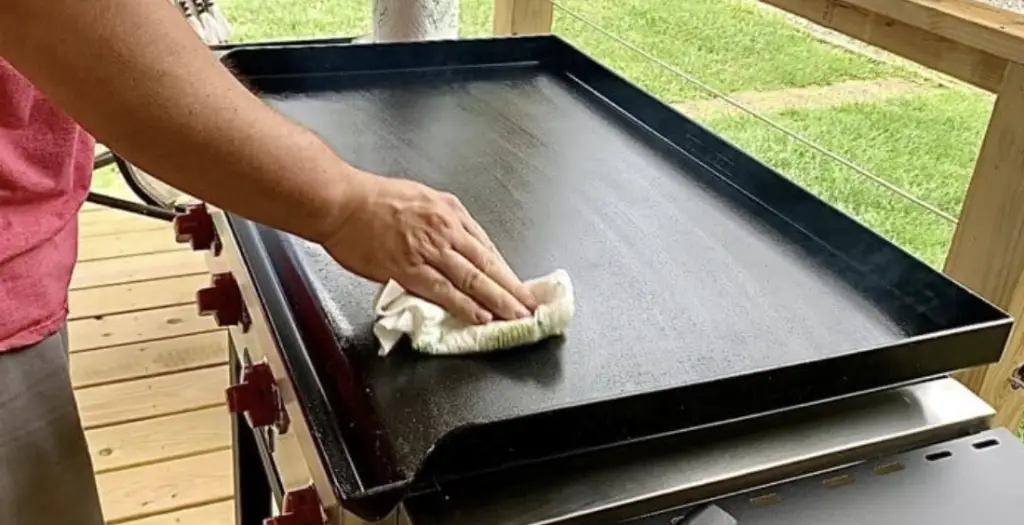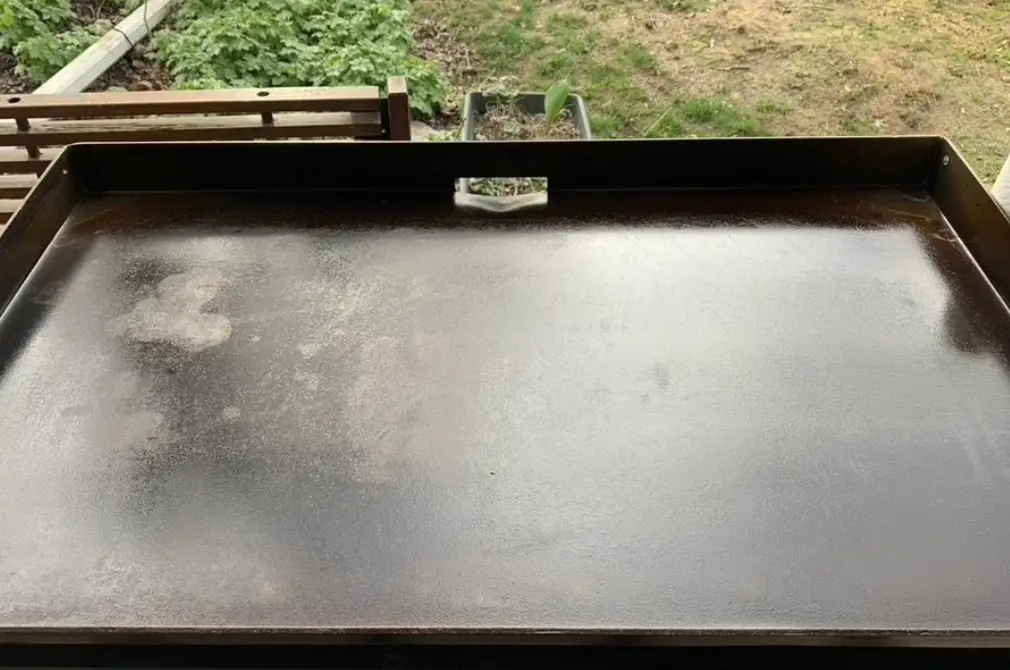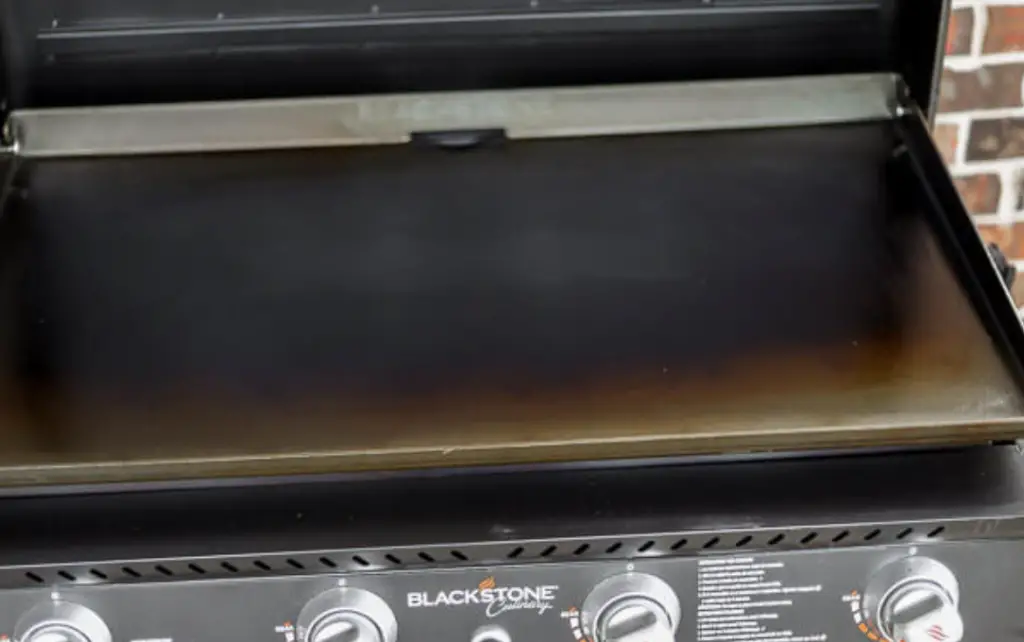When it comes to cast iron cookware, seasoning is an essential step to create a non-stick surface, prevent rusting, and enhance the overall performance of your beloved skillet or pan. Among the numerous options available, two popular choices for seasoning are flaxseed oil and avocado oil. Both oils have their unique properties and enthusiasts, but which one is truly the best for seasoning your cast iron? In this blog post, we’ll delve into the characteristics and benefits of flaxseed oil and avocado oil to help you make an informed decision.
- Flaxseed Oil for Seasoning Cast Iron
Flaxseed oil, derived from flaxseeds, has been gaining popularity among cast iron enthusiasts for its ability to create a hard, slick surface that rivals traditional seasoning methods. Its high smoke point and the presence of omega-3 fatty acids make it an attractive option. When applied and baked onto the cast iron, flaxseed oil forms a polymerized layer, providing excellent non-stick properties over time.
Pros: a. Polymerization: Flaxseed oil has a unique molecular structure that lends itself to polymerization when exposed to high heat, resulting in a durable, non-stick coating on the cast iron surface. b. Hard finish: The seasoning formed by flaxseed oil tends to be harder and smoother, offering an improved cooking surface compared to other oils.
Cons: a. Tricky application: Flaxseed oil requires multiple thin coats, and uneven application may lead to a patchy finish or flaking.
- Avocado Oil for Seasoning Cast Iron
Avocado oil, extracted from the fruit of the avocado tree, is known for its versatility and health benefits. As a seasoning agent for cast iron, it has gained a loyal following due to its high smoke point and potential to create a smooth surface.
Pros: a. High smoke point: Avocado oil’s high smoke point ensures that it won’t break down easily during the seasoning process, making it a reliable option for achieving a consistent finish. b. Availability and affordability: Avocado oil is widely available and relatively affordable compared to other specialty oils.
Cons: a. Lack of polymerization: Unlike flaxseed oil, avocado oil does not polymerize as effectively, resulting in a less robust and potentially less non-stick seasoning layer. b. Potential for stickiness: Some users have reported that avocado oil seasoning can be tacky or sticky, especially if not applied thinly and evenly.
- Making the Best Choice for Your Cast Iron
Choosing between flaxseed oil and avocado oil ultimately comes down to personal preference and priorities. If you value a truly non-stick and long-lasting seasoning, flaxseed oil might be the better option. However, be prepared for a more involved seasoning process. On the other hand, if you prioritize convenience and ease of application, avocado oil can still provide satisfactory results.
Tips for Seasoning Cast Iron:
- Clean your cast iron thoroughly: Before seasoning, ensure your cast iron is clean and free from rust or debris.
- Preheat the cookware: Warm the cast iron in the oven to open up the pores of the metal for better oil absorption.
- Apply oil sparingly: For both oils, apply a thin layer using a lint-free cloth, paper towel, or brush to avoid excess pooling.
- Bake at high heat: Place the oiled cast iron upside down in the oven and bake at a high temperature to promote polymerization.
Conclusion
In the debate of flaxseed oil vs. avocado oil for seasoning cast iron, both options have their merits. Flaxseed oil offers superior non-stick properties, while avocado oil provides a convenient and accessible alternative. Ultimately, the choice depends on your preferences, cooking habits, and the time you’re willing to invest in the seasoning process. Regardless of your decision, proper seasoning will undoubtedly extend the lifespan and performance of your cherished cast iron cookware, making it a joy to cook with for years to come. Happy seasoning!





